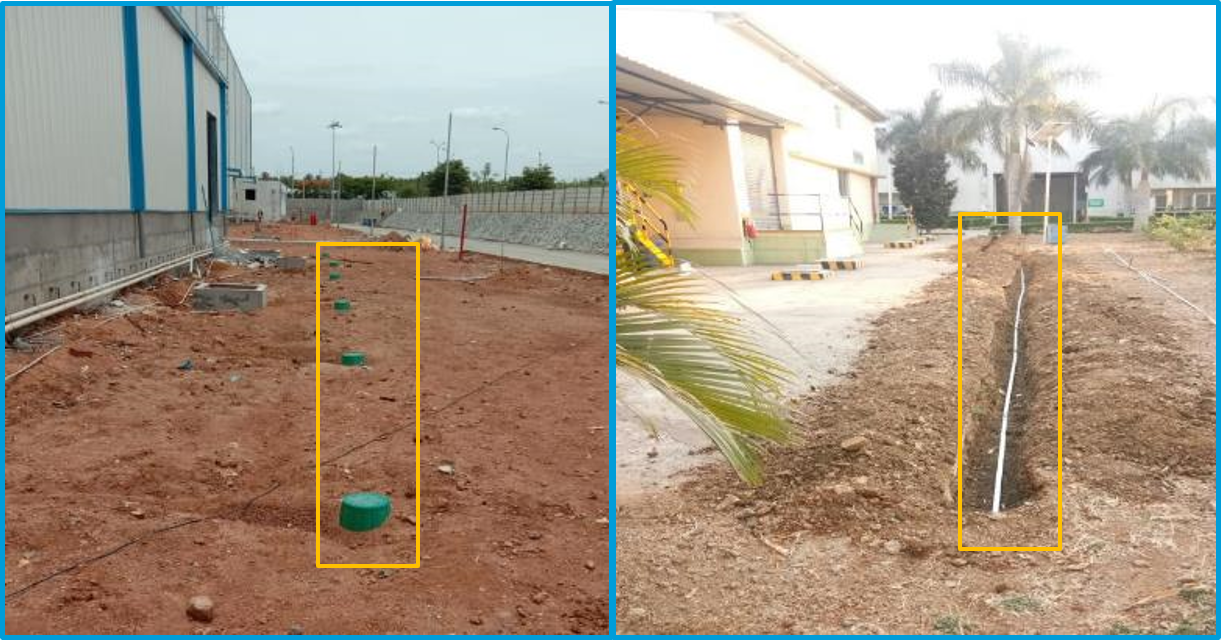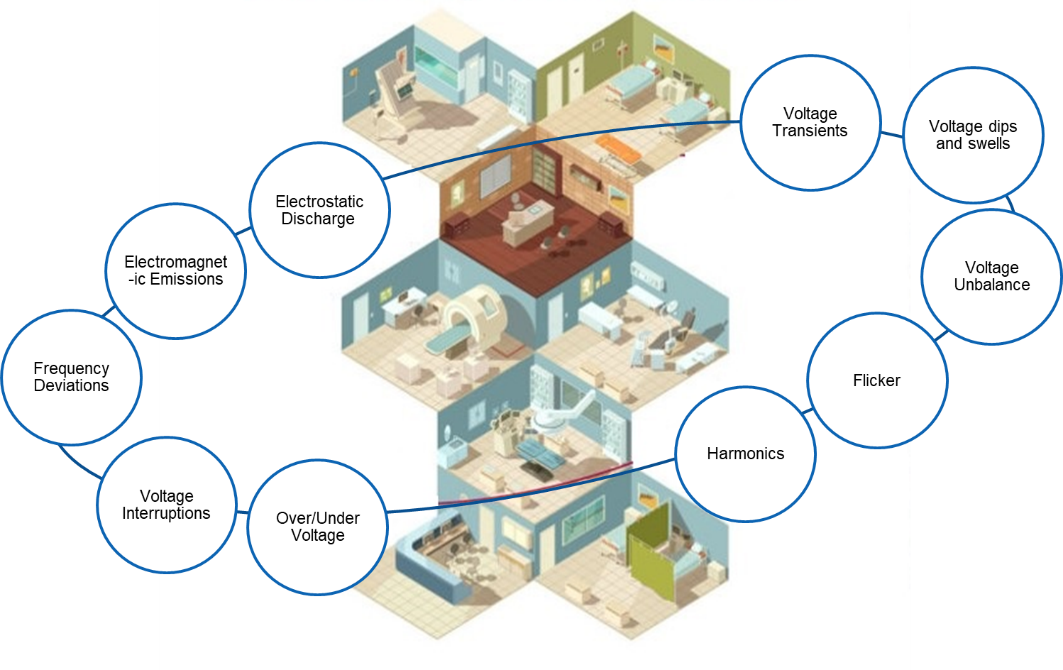WHICH IS RECOMMENDED BY STANDARDS?
CONCRETE EMBEDDED FOUNDATION EARTH ELECTRODE (TYPE “B” EARTHING AS PER IS/IEC 62305)
V/S
SOIL EMBEDDED EARTH ELECTRODE (TYPE “A” EARTHING AS PER IS/IEC 62305)
The concrete used for building foundations has assured conductivity (relative comparison) and generally has "a large contact area" with the soil. Bare metal electrodes thoroughly embedded in concrete (at a depth of 5 cm minimum) are strongly recommended for grounding purposes, as they are highly protected against corrosion. Commonly for the whole lifetime of the building as per IEC 60364: Low voltage electrical installations, Part 5-54: Selection & erection of electrical equipment- Earthing arrangements & protective conductors. Wherever possible, it is advised that the conductive properties of the building's reinforcement be utilized, although the goal should be to use it rather than leaving it. Earthing systems, also known as grounding systems, connect certain elements of a transmission system to the ground. By allowing direct channel for current to travel to the ground, these systems safeguard workers and electrical equipment from shock or damage.
The “only economical solution” is the use of concrete embedded foundation earth electrode during the erection of the building (itself) to obtain lower earth resistance value which is long standing because:
1) It does not necessitate additional excavation works
2) It is erected at a depth which is normally free from negative influences resulting from seasonal weather conditions
3) It provides good contact with the soil
4) It extends over practically all of the building’s foundation surface and results in minimum earth electrode impedance which can be best obtained with this surface.
5) It also provides optimal earthing arrangement for lightning protection system
6) From the beginning of the erection of the building, it can be used as earth electrode for the electrical installation of the construction site resulting in huge savings as we can do away completely with temporary earth electrodes
7) Provides a good basis for the main protective bonding, as bonding gets preference over earthing itself as per standards.
Only in the case, where the foundation has to use certain insulating measures against water, the following alternate measures shall be used:
- For earthing, additional concrete embedded foundation earth electrode below the ISOLATED FOUNDATION shall be used.
- Earthing arrangement around the building shall be used- I.e. RING EARTHING.
-Lastly, if the above options are not possible practically, type A earth rods shall be used as a last option.
Finally, to comply with the “GLOBAL EARTHING CONCEPT” as described in IS 3043- Code of practice for earthing. The Concrete embedded foundation earth electrodes of a single foundation (e.g., large hall) should be connected to other parts of concrete embedded foundation earth electrodes using suitable earthing conductors.
Only stainless-steel electrode shall be installed directly from foundation concrete into the soil to avoid corrosion effects. Hot dip galvanised steel shall not be used for this purpose.
Before the concrete is poured, a qualified person should compile a survey and documentation record of the associated reinforcement, which should be included in the overall electrical installation document.
For more information, contact us at [email protected]"




